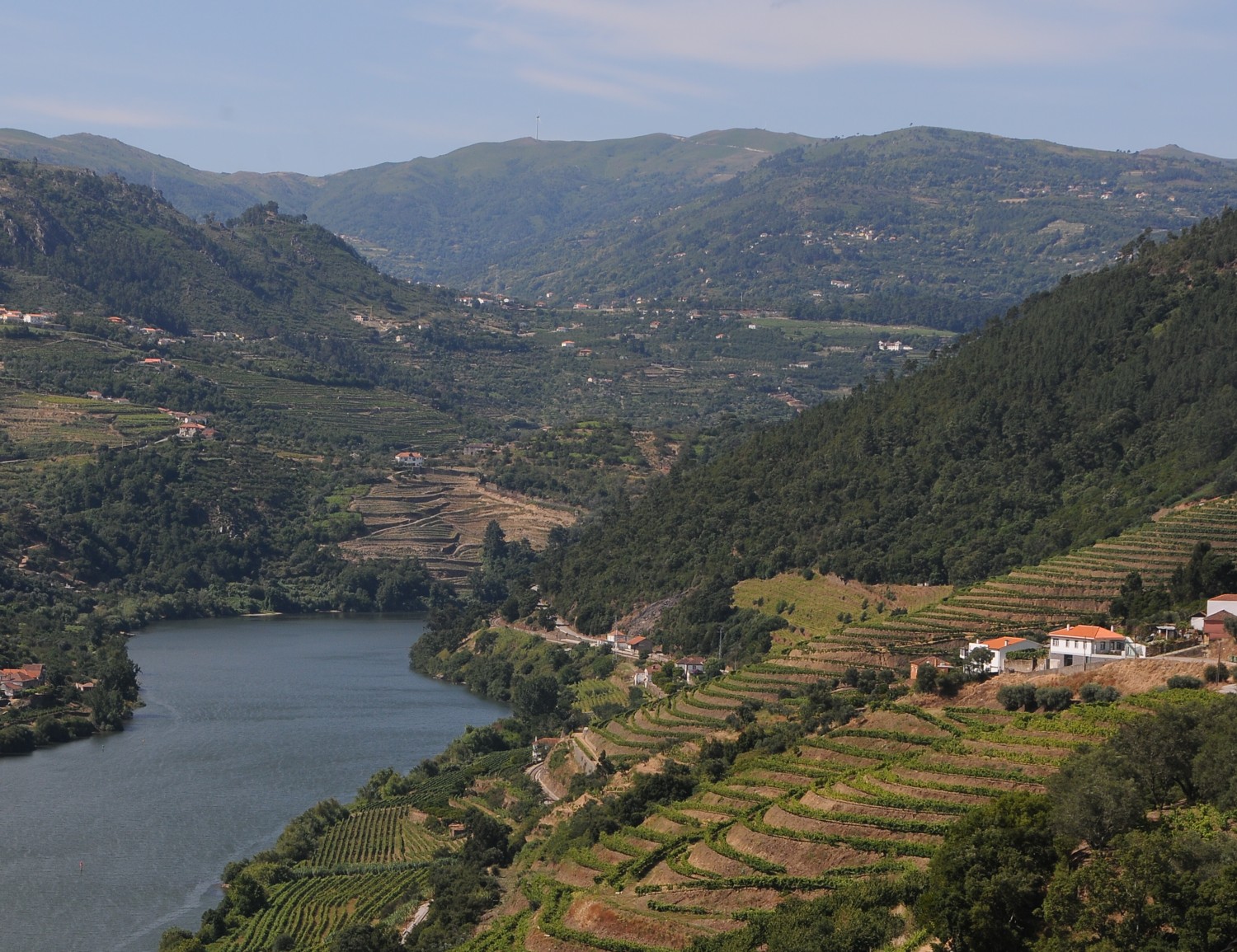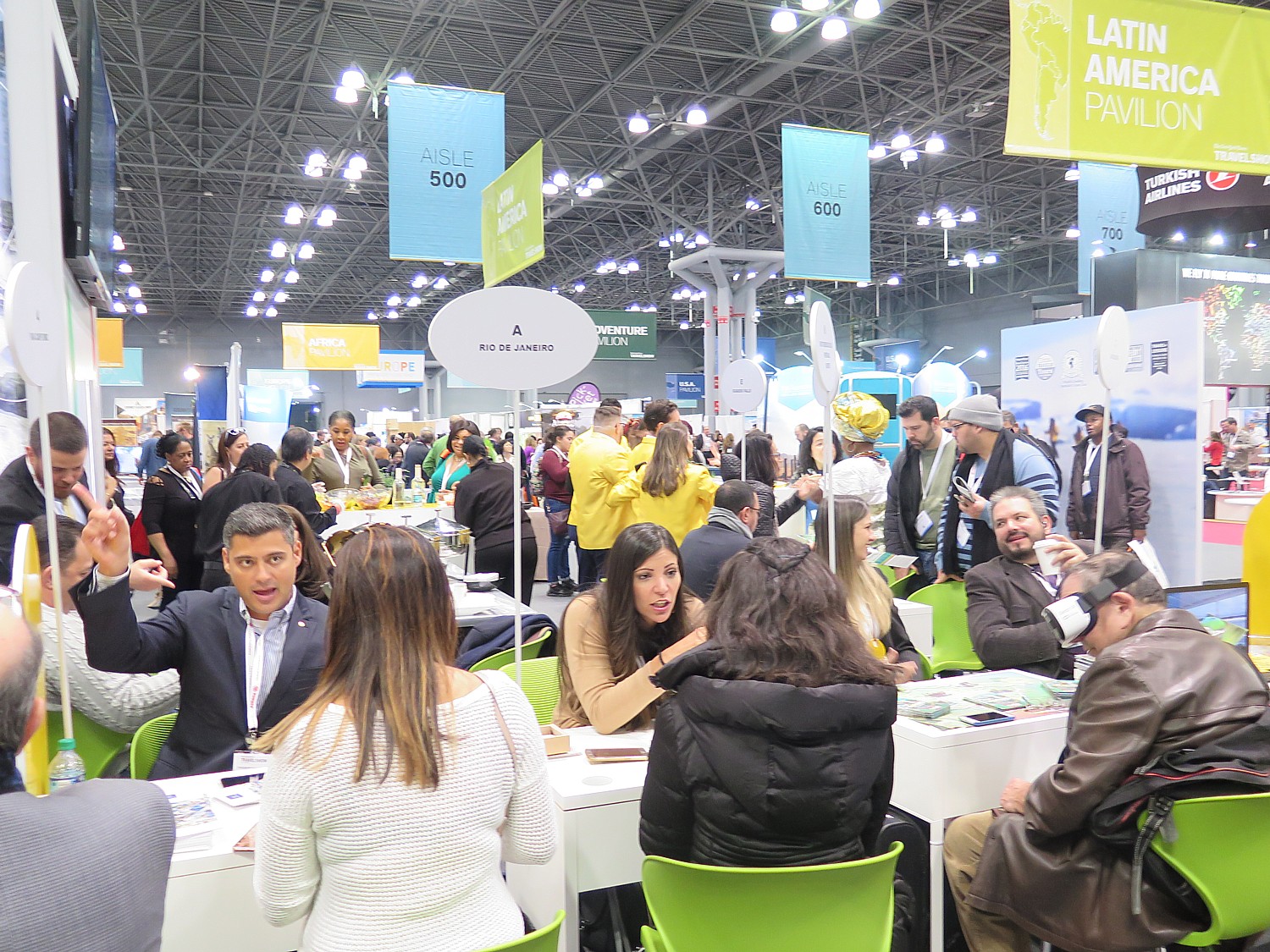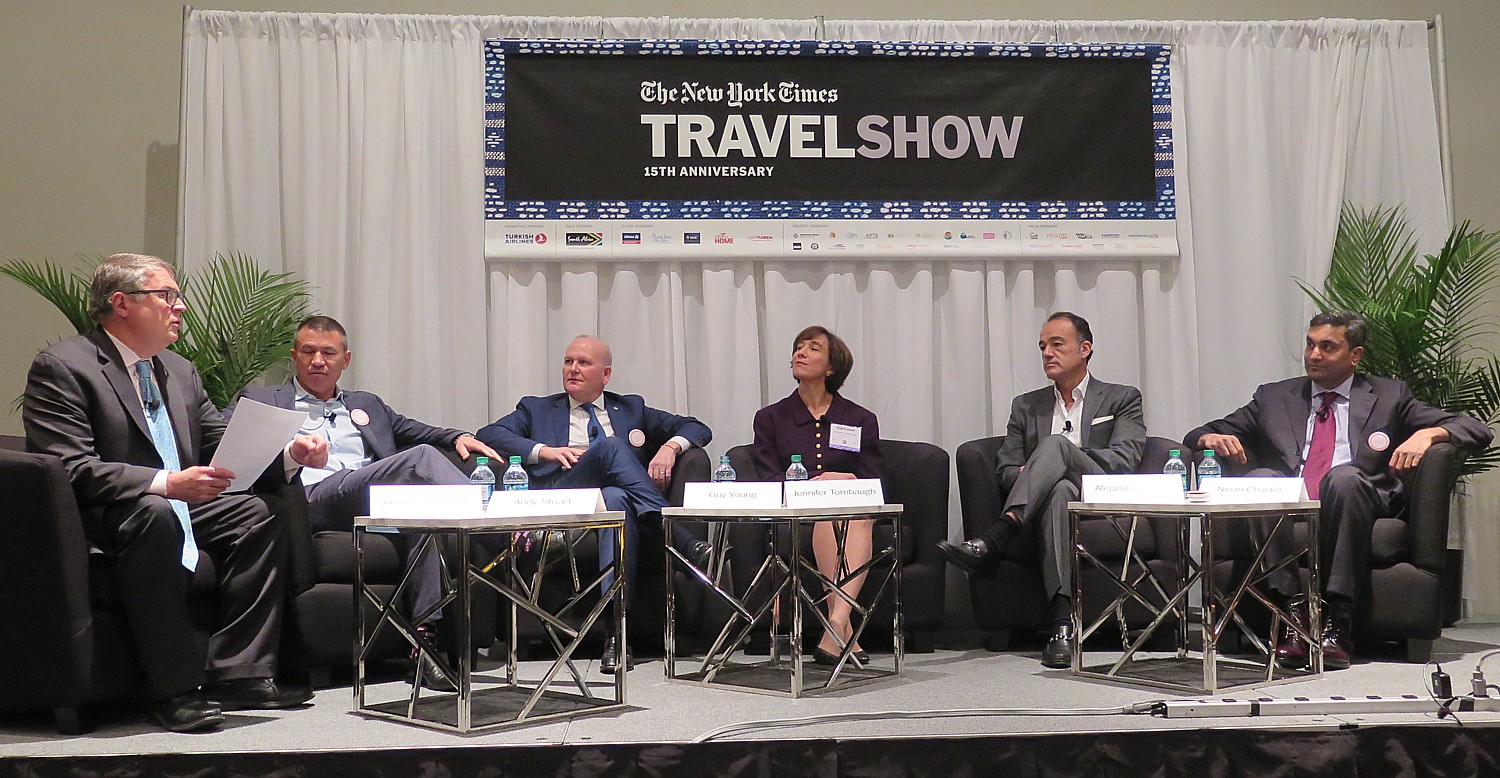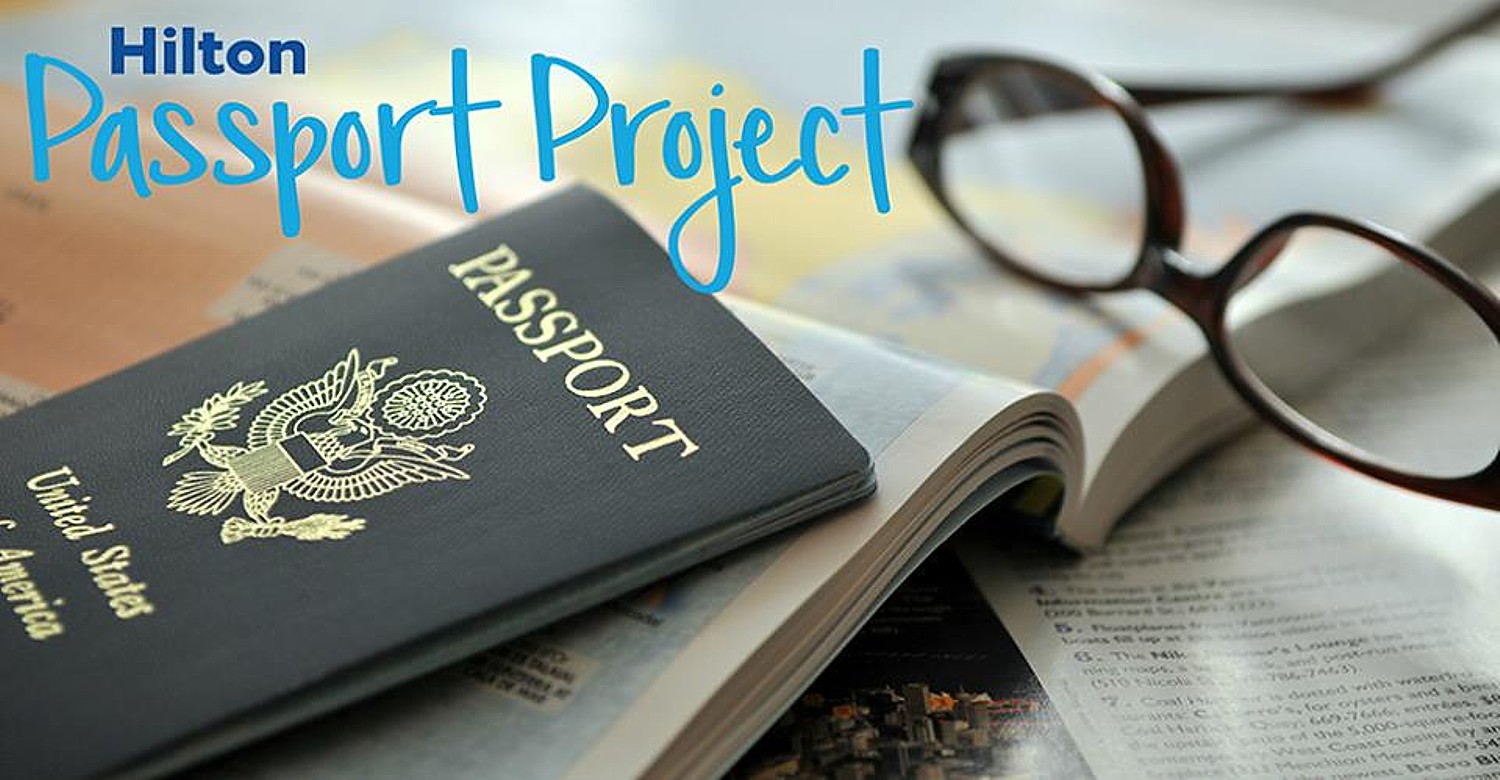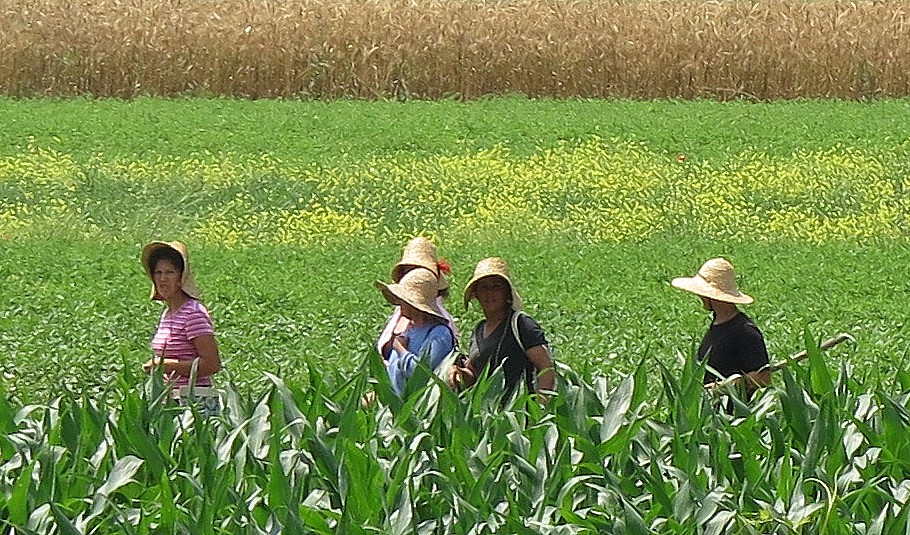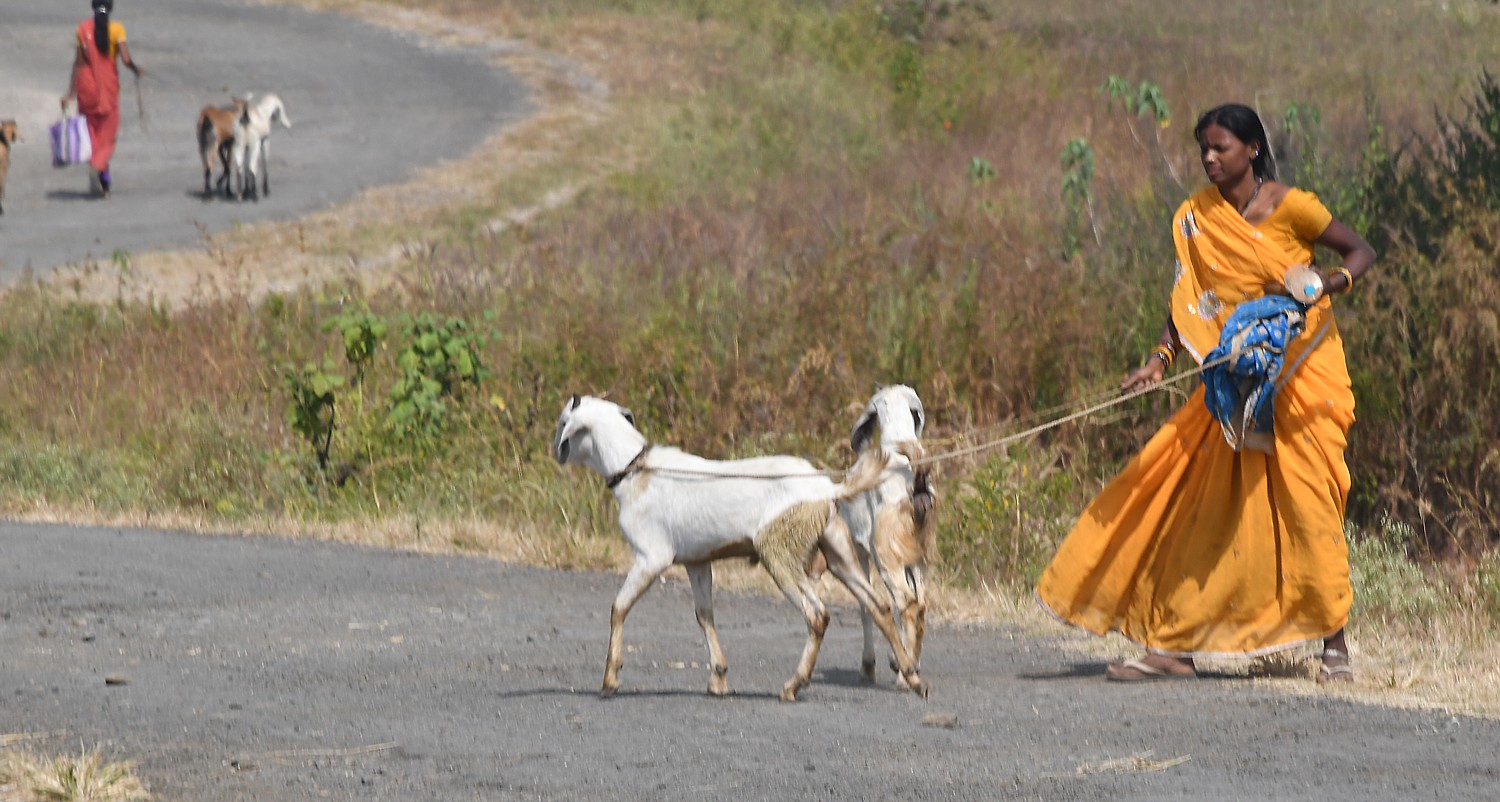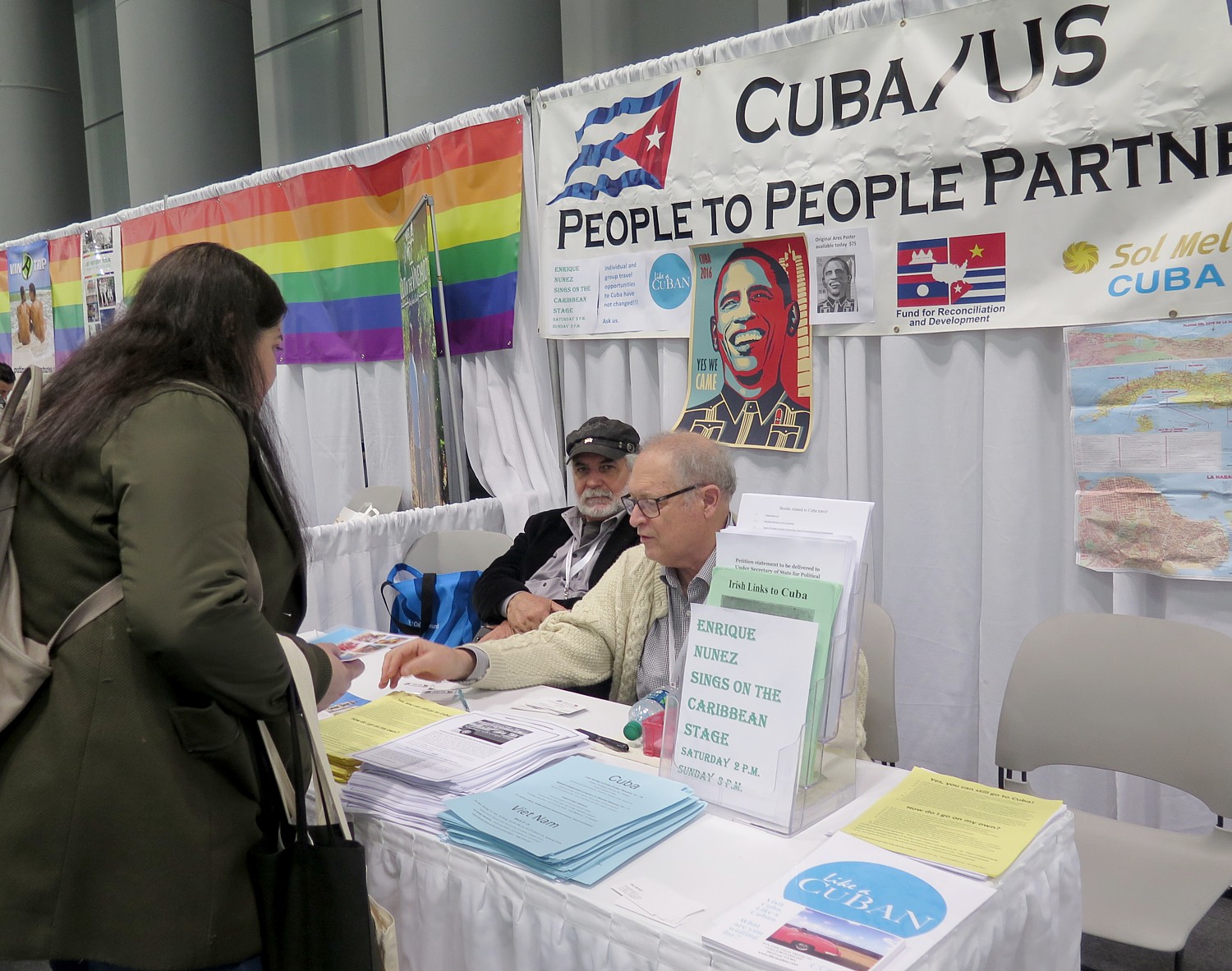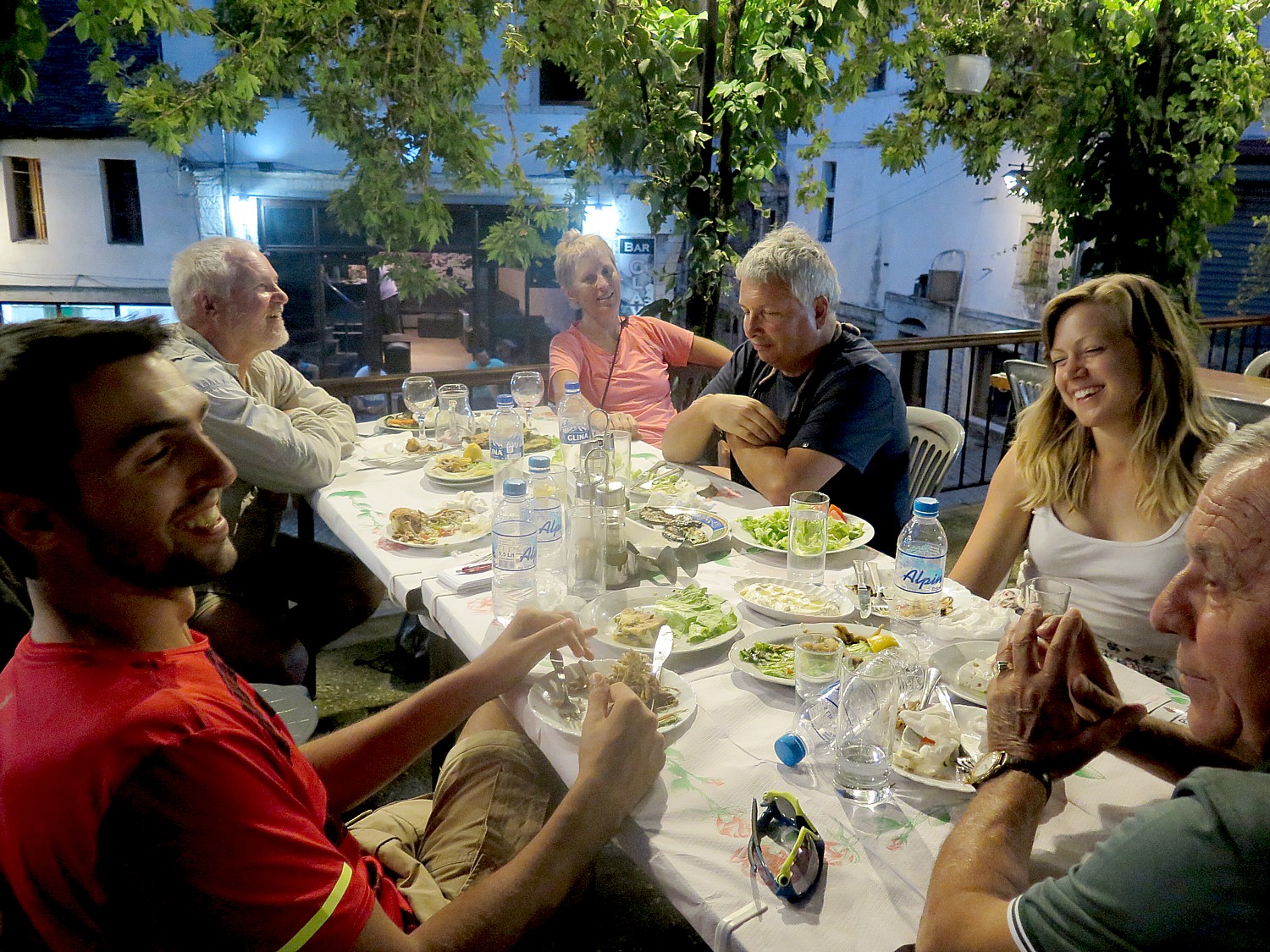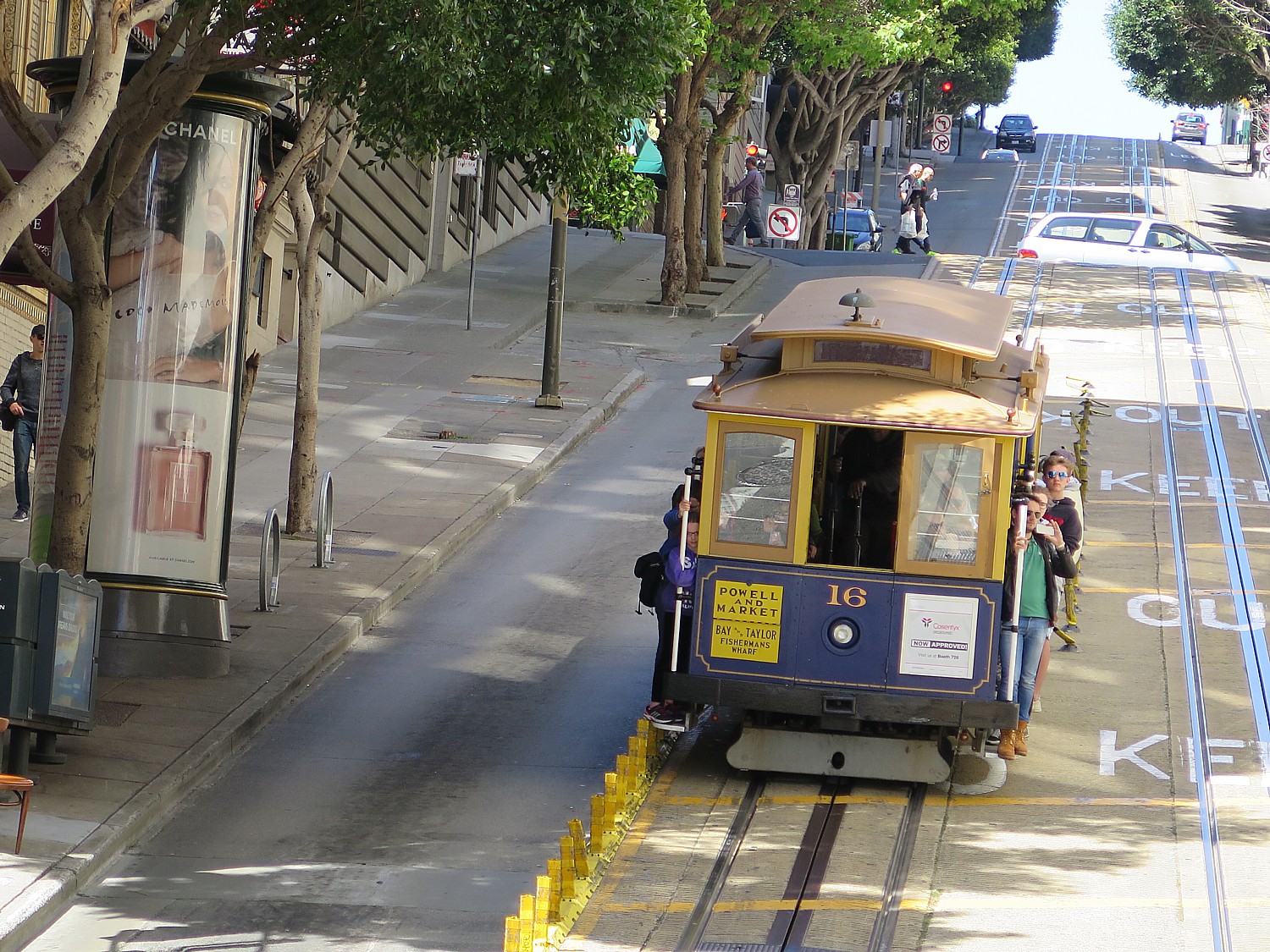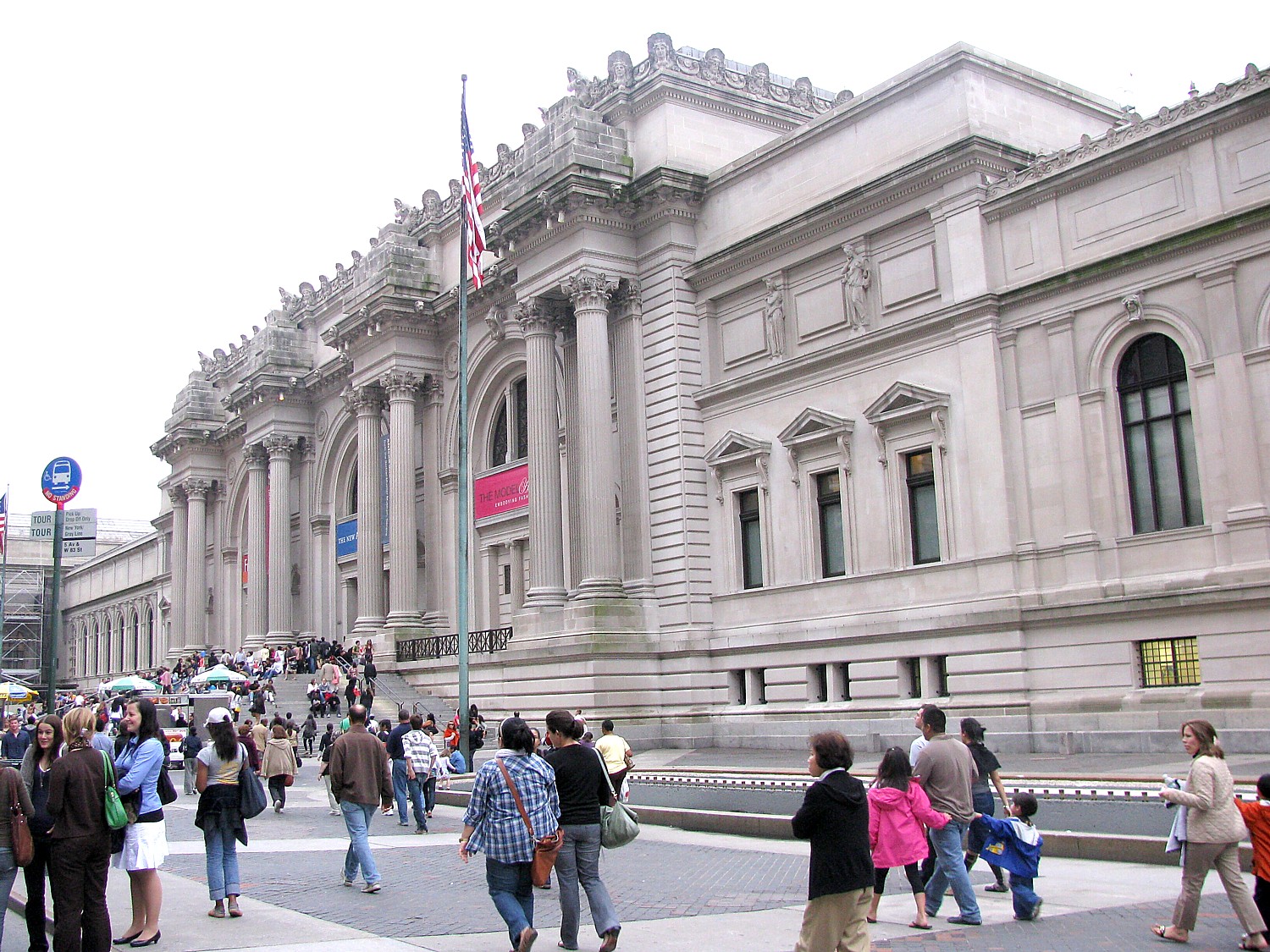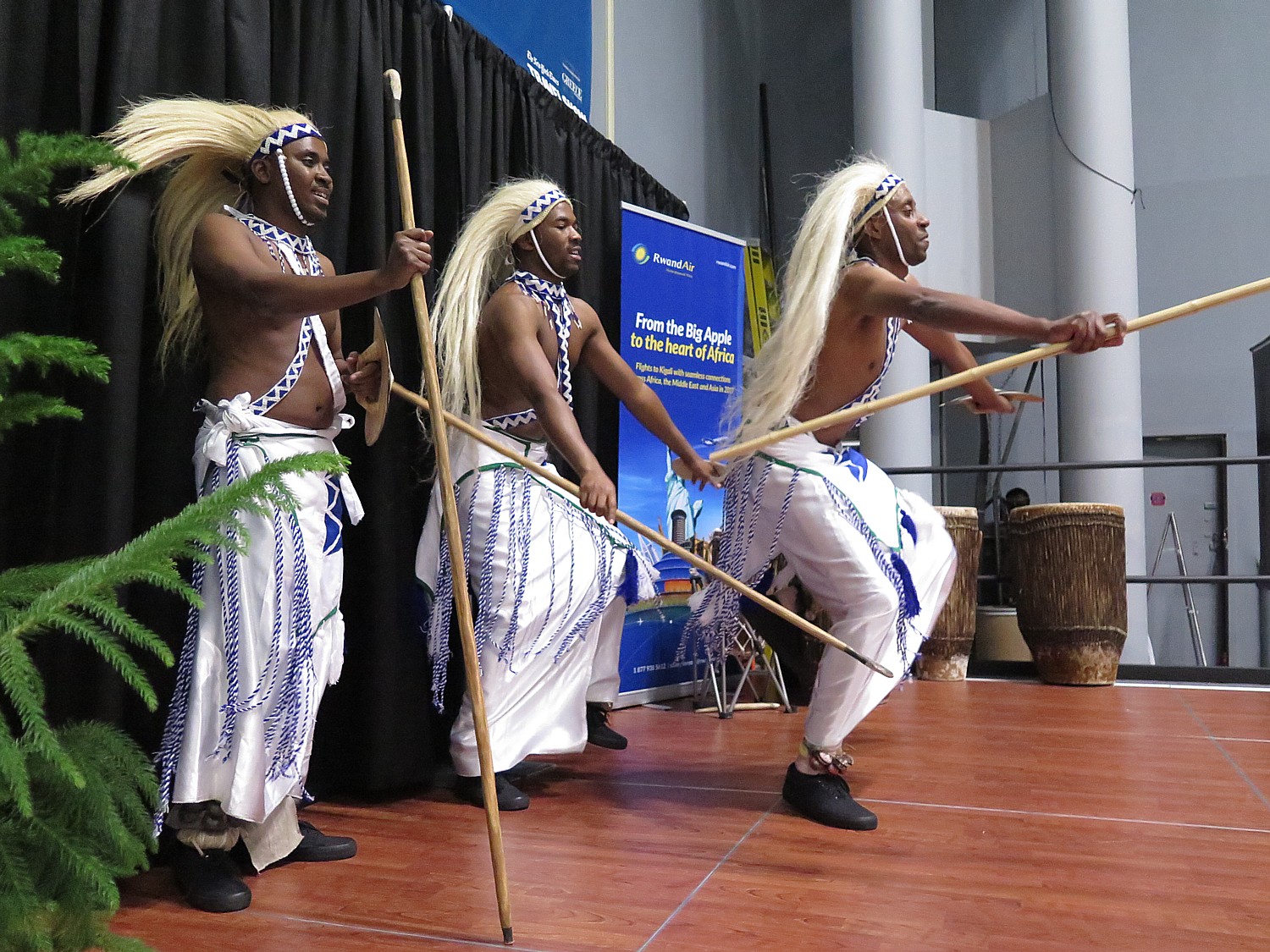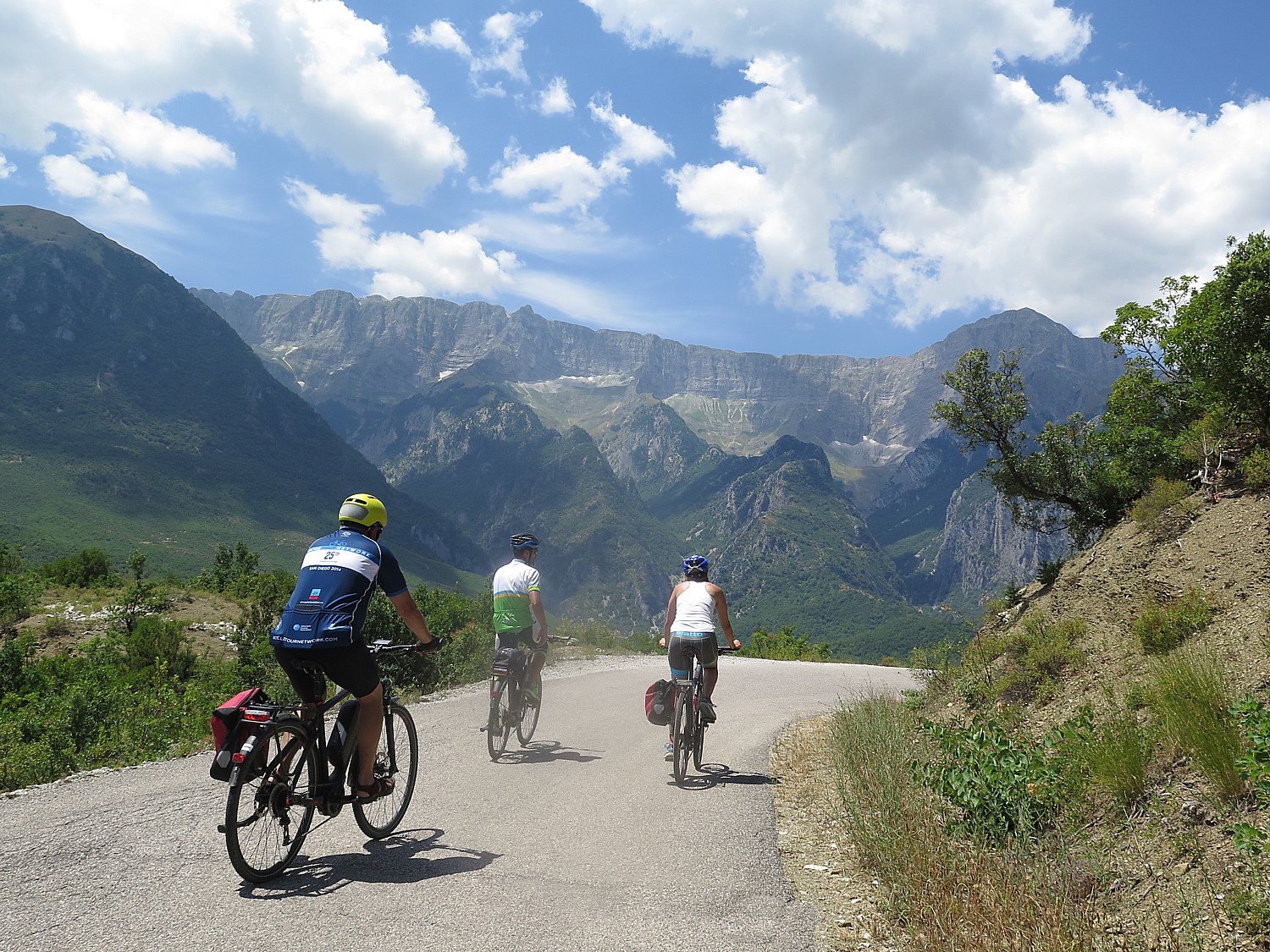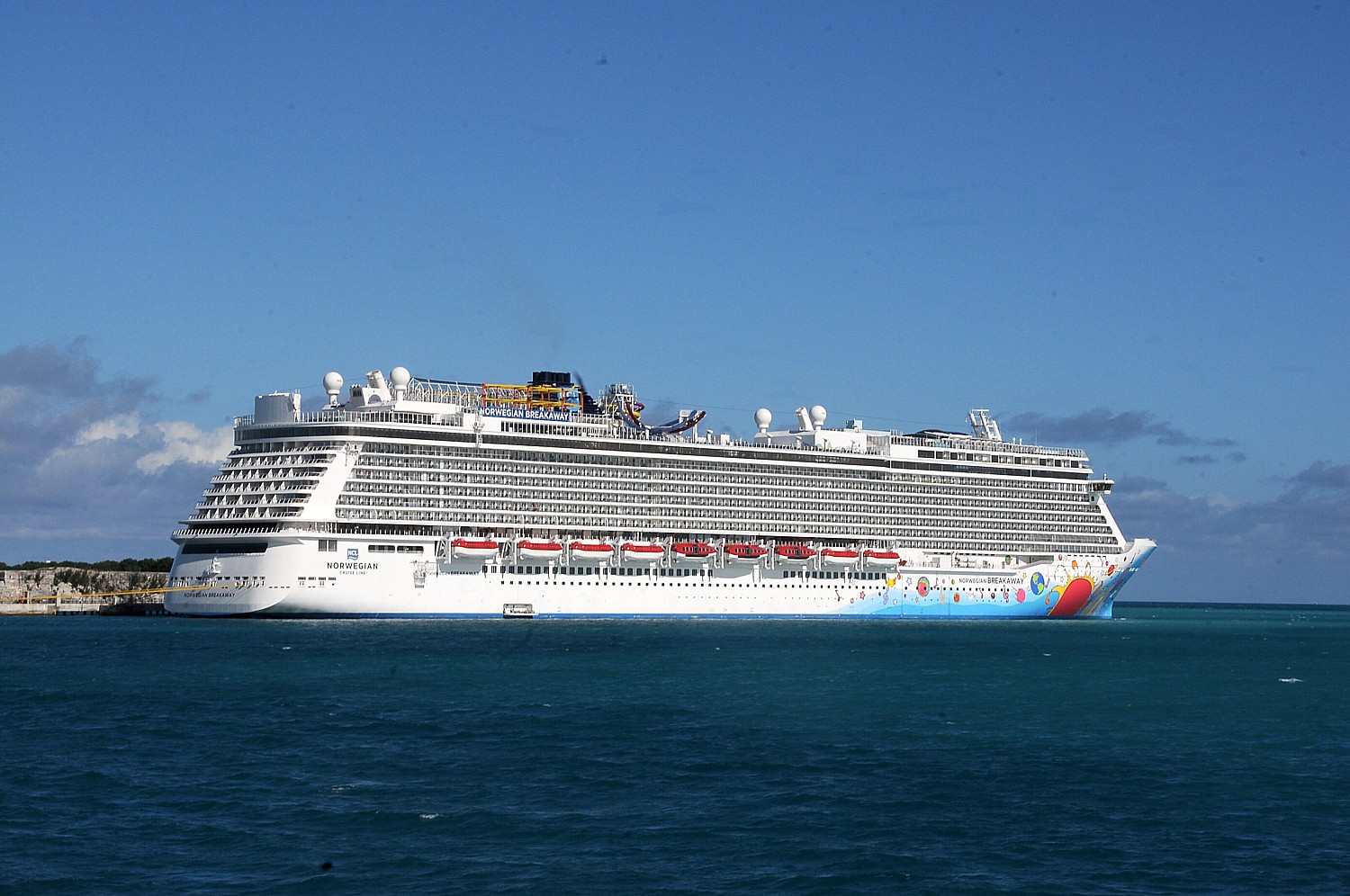
By Karen Rubin, Travel Features Syndicate, goingplacesfarandnear.com
The New York Times Travel Show, which takes place each year at the Javits Center in New York City, is the largest consumer travel show in North America. Essentially, in the course of an afternoon, you can travel around the world on a single floor and 1000 steps.
The three-day showcase features global cuisine tastings, cultural performances, travel book signings, one-on-one conversations with travel experts, travel seminars and special discounts and offers from 600 exhibitors.
Here are some highlights from our “tour” around the floor at this year’s show:
Chernobyl Tour, Ukraine
The world’s largest radiation catastrophe at a nuclear power plant took place at the now infamous Chernobyl, in the Ukraine. An area the size of a small state was abandoned. Today, it is a tourist attraction, visited on daytrips and multi-day trips.
I meet Katoryna Aslamova, the chief guide for Chernobyl Tours, who has been leading tours there for years, and asserts that visiting is absolutely safe.
Though people love to post selfies of a Geiger counter beeping when it hits 0.3, she notes that the level of radiation during the course of a full day tour is equivalent to what you experience on an hour-long airplane flight (she says that the flight from Ukraine to London showed 2.82; to NY 3.91); 160 times less than a chest x-ray; 3600 times less than a whole body CT scan. It is even safe for pregnant women. The only ones not allowed are people under the age of 18, mainly because they cannot be legally prosecuted if they break rules, take out any of the rocks or disturb the soil (that could unleash damaging material).
(You can order a personal dosimeter “it will make your experience more enjoyable and memorable by making the radiation level visible and show your exact radiation dose at the end of the trip.)
“It is so easy to set up the mood, the perception that visiting Chernobyl is risky. There are some hot spots on the ground– the size of a coin or tennis ball and the closer you come to it, the higher the radiation. But it can’t influence health because it would need long term exposure. Even if you measure a hot spot in the radiation zone, no place is high enough to risk health. The only place that would be dangerous would be inside unit, which is covered (double-sealed).
What could be risky hypothetically is the radioactive dust (that give off alpha rays) that is still in ground have particles –“ if you would dig it up or ingest it, that would cause dangerous exposure – so it is prohibited to dig or plant there.”
There is no restriction for pregnant woman if not prohibited to fly.
To take the tour, you are picked up in Kiev, capital of Ukraine, at 8 am for the 1 ½ hour bus ride. Over the course of a full day (the bus returns about 8-9 pm), you visit several sites.
The first stop is the village of Zalissya, which was the biggest in the area. “We are trying to tell not only about the accident but how people lived.”
Next the town of Chernobyl, which is 18 km from the powerplant (and not the ghost city that is so frequently pictured). People still occupy Chernobyl – scientists and foresters – who live there for 15 days a month in dormitory. “It is a unique place for research.” Visitors who do the overnight tours stay in hotels in Chernobyl.
There also are “self-resettlers” here and in other villages in the contamination zone – people who were evacuated after the accident “but sneaked back into the houses in the zone. They were homesick or had no place else to go.”
The accident took place in 1986, and many believe it contributed to the collapse of Soviet Union. “People stopped trusting government and the economy collapsed.”
She notes, “Nobody knows how many affected by Chernobyl explosion – the Soviet government tried to hide.”
The tour visits Radar Duga-1, a secret Soviet base known as Chernobyl 2 –which would have launched nuclear weapons. It is the only remaining antenna.
This reminds me of a documentary, “The Man who Saved the World,” about a Russian Lt. Colonel, Stanislav E. Petrov, who on September 26, 1983, despite radar showing the United States had launched nuclear missiles against Russia, refused to give the order to launch Russia’s missiles, literally saving the world from nuclear holocaust (for which he was disgraced and lost everything). No one knew of him for 25 years, but she knows of him. “He was a hero but not appreciated.” In that moment, I had such a sense of connection with this young woman from the Ukraine through our mutual knowledge and appreciation of Petrov.
The tour continues on to Kopachi Village which was buried under ground because there was too much radiation, but there are still some buildings (that’s where the famous photo of a kindergarten is from). You come up to the side of the power plant – 300 meters from the accident (but still, she says, 4x lower radiation than on an airplane.”
Then the Red Forest, famous because it was consumed by the cloud. “We don’t go inside, but measure radiation.”
Then on to the famous ghost city of Prypat. This is not just where people lived – it had a population of 50,000 – but was a model city of the Soviet Union. The average age was 26 – every third person was a child. They were employees of plant. It was supposed to be model of the great Soviet life, if Communism would have worked.”
Chernobyl was biggest nuclear accident ever, but what does the whole world know? That there was an explosion, people died, it can’t be inhabited. But it is also a story of victory – of the mitigated areas.
All of this in one day, but there are multi-day tours, as well.
Every year 30% more people come on the tour (which is offered year round). Last year 70,000 people came (there are at least five tour companies, of which Chernobyl Tour is the largest.) Most take the one-day tour $89 – includes insurance, transfer, guard, permissions (can book day before, but it costs more).
There are also tours inside the Chernobyl Nuclear Power Plant and other limited access facilities; airplane and helicopter tours over the Chernobyl Zone and Ukraine; military tours to the shooting ranges, rides on armored vehicles and visits to a nuclear missile base; underground tours in the drainage systems, subway, tunnels and caves, and sightseeing tours in Ukraine.
Chernobyl-Tour.UA, 11 Andriivskyi descent, Kyiv, Ukraine, tel. 888-752-0336 (US), www.Chernobyl-tour.com.
Americans Continue to Visit Cuba
Travel from the US to Cuba is expected to rebound in 2019 after declining in 2018 after Trump renewed restrictions on travel and issued a State Department warning. That didn’t deter visits from Canada, Europe and Russia, and visits to the island nation increased. Cruise arrivals continued to increase in 2018, and were expected to exceed 850,000, with 70% of the cruisegoers coming from the US. Travel companies continue to offer tours that meet the Trump requirements, and all forms of “purposeful” travel authorized by the Obama Administration remain in place (heritage, family, journalists).
Independent travel by individuals, families and friends is largely unchanged but now falls under the rewritten license category of “Support for the Cuban People” instead of “People to People.” But Americans are cautioned not to stay or use facilities that support the regime; staying homes (Air BnB), is okay. “Keep your receipts for five years,” a woman who traveled independently through Cuba in 2017 tells me.
“I used Air BnB, stayed with beautiful families, visited schools, brought school supplies,” Shay Pantone of NY, who traveled to Cuba in 2017, tells me, adding “You need to speak Spanish if you are going to travel independently.”
Despite the Trump Administration’s branding Cuba with a Level 2 travel advisory (“Exercise Increased Caution”), the same status as 57 other countries including 12 in the Americas and 7 in western Europe, Cuba is judged by most as one of the safest destinations in the region with less crime and disease.
How to go? The Fund for Reconciliation and Development (www.ffrd.org), a group that has been advocating for opening travel and overturning sanctions against Cuba for years, advises:
- Book nonstop to Havana on Jet Blue from JFK or on United from Newark; American, Delta and southwest have connecting flights. American or Jet Blue flies from Miami or Ft. Lauderdale to Santa Clara, Holguin, Varadero, Carnaguey and Santiago (from May 3).
- Select “Support for the Cuban People” as the appropriate license category from the airline menu.
- Use Air BnB or Trip Advisor to reserve a room or apartment (casa particular) from a private owner.
- East in private restaurant (paladar)
- Buy handicrafts, art and clothing from self-employed craftspeople and creators (cuento propistos).
- If you need a guide, hire privately (preferably in advance)
- As much as possible, use private taxis (also available between cities)
- “Whatever you do, wherever you go, be intentional and responsible that your goal is ‘a full time schedule of activities that enhance contact with the Cuban people.. and that result in meaningful interactions with individuals in Cuba.’ (The judgment of what qualifies is yours.)”
- Apportion recreational activities like concerts, dancing and the beach as in a normal work week.
- Keep a journal or list of your ‘meaningful interactions’ for five years.
- If you are on a cruise, exercise your right to explore independently or with a local guide.
More information:
Current US government regulations: tinyurl.com/regsnov2017
Essential information for independent travelers: tinyurl.com/Cubabasics
Fund for Reconciliation and Development is offering a fam trip May 3-10 to explore Santiago and Guantanamo; and for Carnival, July 20-28.
Fund For Reconciliation and Development, 917-859-9027, director @ffrd.org, www.ffrd.org.
Safaris with Social Benefit
Zulu Nyala promotes animal conservation in its six-day, six night safari packages using four-star lodges, in its own safari park the family has had for 35 years. “The owner was out with his family and stopped to look at a giraffe, saw a for-sale sign, and bought 15,000 acres.” The park accommodates up to 300 guests in three lodges (50-units, 56 suites, 48 safari tents). The all-inclusive program is hosted by a game ranger and offers two activities a day (walking or driving). (www.zulunyala.com).
The organization also offers the opportunity for organizations to use the $6,000 safaris as a charity fundraiser – for example, starting the auction at $2500 for two for a six-night stay, where the organization keeps 50 percent and gives the safari company 50%.
“There’s no money or risk on the part of the organization; we’ve been doing it for 15 years, and supported hundreds of American organizations.” (Contact Debbie Bosman, African Safari Donations, 800-595-5810, www.safarisforcharity.com, [email protected]).
Off Season Adventures: The idea here is to safari in Tanzania and Zanzibar off-season, when there are fewer people, it is less expensive, while also supporting local communities. The company reserve 5% of clients’ total package cost to invest in the communities and wildlife through a 501(c)(3) public charity Second Look Worldwide. “These community and environmental investments are tangible projects which our clients can see during their trip. All projects are determined by the communities and dependent on their most direct needs, however, we are focusing on projects that support water management solutions. Our goal is to become a sustainable, net-positive travel company by replacing and building up all resources used by our clients during their tours.”
The company’s first community initiative, the Kakoi Water Project , is a project that will provide a year-round source of water to the village of Kakoi and its surrounding communities, which include three other villages, two schools, and a dispensary. “By supporting these local communities that border Tarangire National Park in Tanzania, we contribute to their well-being and encourage them to make an extra effort to protect animals in the area.” The tours include an excursion to the Kakoi Water Project. Visitors get to visit a relative of theirs – go into hut, gather honey, seeds, roots, experience how live.

The tour company also offsets all carbon emissions through a partnership with Carbon Tanzania, which conserves huge tracks of forested land in Tanzania, a more productive way of offsetting carbon. “To date, we have offset 83.84 metric tons of CO2 and protected 69 trees by helping Carbon Tanzania preserve 35,000ha of forest in the Yaeda Valley, an area that the Hadzabe tribe have called home for thousands of years. This way of offsetting not only has a positive environmental impact, but also has a positive impact on the local population of the Hadzabe.”
“Travel has the power to transform not only the traveler, but also our world. This belief forms the foundation of our business. We have a deep commitment to protecting and preserving the destinations we visit, and building a better world through sustainable travel.
“We believe in integrating sustainability into all components of our business. We are committed to providing experiences that have a positive impact on the environment, community, and economy of each destination visited. We work closely with our local partners to ensure that travelers are respectfully visiting in a way that showcases authentic experiences.”
(Off-Season Adventures, 100 Marshall Street #416, Hoboken, NJ 07030, 619-971-0823, offseasonadventures.com).
Tours by Locals
Tours by Locals has now grown to a network of 3100 independent-contractor guides. The company facilitates the trend toward independent, “authentic,” experiential travel. The company marked a milestone: 10 years and 1 million travelers. You can find a guide for Vietnam ($50 US for 8 hours private, with car; less if walking or cycling city). The most northerly guide in the registry now is in Svalbord, Norway (where the Svalbard Global Seed Vault is located); the newest is in Mogadishu, Somalia (the guide comes with security); and there is an uptick in requests for guides in Cuba.
Israel for Foodies
I found it intriguing that Israel was the sponsor of the Taste of Travel section for the second year. Israel, after all, is not top-of-mind for cuisine.
“Israel has wonderfully diverse gastronomic. We have James Beard Award-winning chefs,” Chad Martin, Northeast Region Director for the Israel Ministry of Tourism (www.israel.travel), says. “Israel is 70 years old- we now have fourth and fifth generation Israelis. Israel is a pot that hasn’t melted – In Israel, you might have four grandparents from different ends of the earth: Argentina, Morocco, Russia, East Asia – all Jewish and intermarrying. They borrow the best recipes from every grandparent, the spices mix together
What is Israeli food? “Israeli food is a mix of 70 cultures. The combination of cultures and innovation together – Israel, after all, is the Innovation Nation with the most start-ups.- it has a culture of creativity and that manifests in the food. We invented the cherry tomato. We’ve made numerous innovations in agriculture – we made the desert bloom, and there, things grow sweeter.
“The Israeli food scene is based around fresh ingredients. We are the size of New Jersey but have our own vegetables.”

Culinary experience is just one of the ways Israel is reaching out beyond the most traditional sources of visitors- Jewish Heritage and Christian Pilgrimage. For the first time, Israel surpassed 1 million visitors from the North America, posting 42% growth over a two-year period. People are coming for food and wine experiences, meetings and incentives, even adventure and outdoors travel – mountain biking in the Negev where the country’s first Six Senses resort is opening and a new airport is opening in Eilat. Hikers can travel Trail Israel – it takes a month – and kayak in the grottoes of Rosh HaNikra, a geologic formation on the border between Israel and Lebanon, on the Mediterranean Sea coast in the Western Galilee.
“40% of our visitors are returnees, but not just for heritage, but because they realize that can’t really ‘do Israel’ in one trip. The ‘sophisticated travel’ segment has skyrocketed.”

The New York Times Travel Show, now in its 16th year, is the largest and longest-running trade and consumer travel show in North America, hosting 10,000 travel professionals during a Travel Industry Conference, and some 22,000 travelers at Consumer Seminars, Meet The Experts Pavilion and an interactive Exhibition with more than 600 exhibitors representing travel to all seven continents, positioned within 16 pavilions (including Adventure, Africa, Asia, Australia/South Pacific, Canada, Caribbean, Cruise, Europe, Family, Global, Latin America, L.G.B.T.Q., Mexico, River Cruise, Travel Products, and U.S.A. Pavilions). In addition to discounts and special offers, the show provides educational seminars and live entertainment for families, individuals and couples and seniors.
_____________________________
© 2019 Travel Features Syndicate, a division of Workstyles, Inc. All rights reserved. Visit goingplacesfarandnear.com, www.huffingtonpost.com/author/karen-rubin, and travelwritersmagazine.com/TravelFeaturesSyndicate/. Blogging at goingplacesnearandfar.wordpress.com and moralcompasstravel.info. Send comments or questions to [email protected]. Tweet @TravelFeatures. ‘Like’ us at facebook.com/NewsPhotoFeatures


